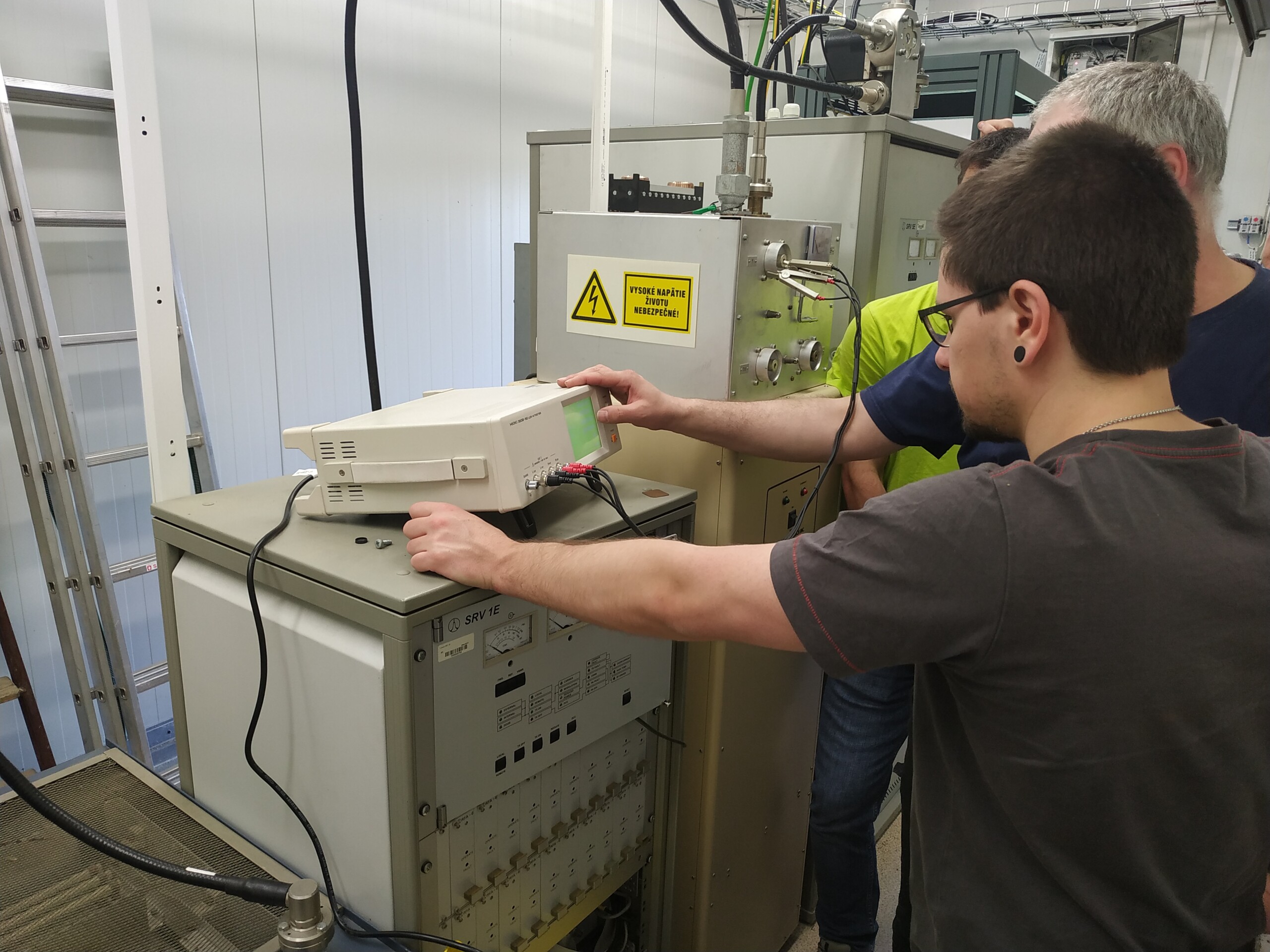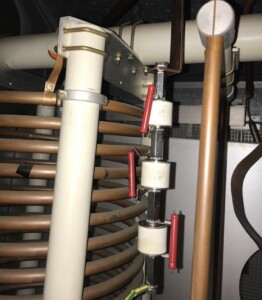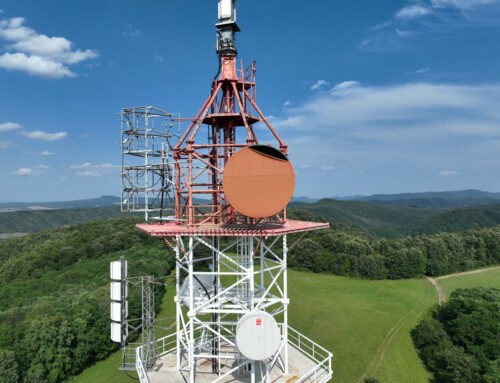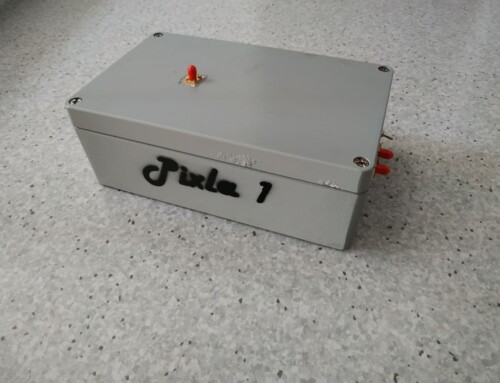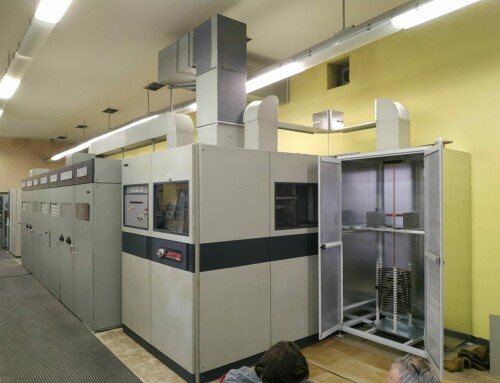Project Description
-
Project Starting Date
10.05.2021
-
Project End
14.12.2021
Project Description
Our company’s role was to oversee the replacement of the mid-wave transmitter. The original technology from fy. Tesla from around the 90’s of the last century was replaced with the NX-5 transmitter of Canadian company Nautel. Location of the workplace – the building Čižatice about halfway between Prešov and Košice. The signal path starts in a metal container where the transmitter is located, which is connected by a 50 Ohm coaxial cable to the antenna house to the L type matching circuit and from there to a transmitting monopole with a height of about 75m.
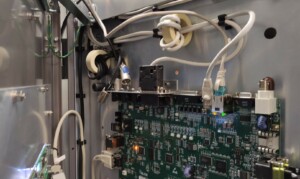
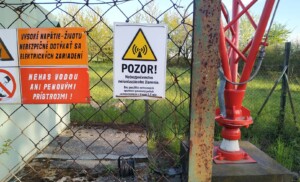
During the initial measurement of the signal path, it was found that the L link could not be set to PSV=1, that the coaxial cable exhibited inductive reactance, and that the ground wires were connected in violation of the NX-5 transmitter requirements. The lightning arrestor system of the monopole exhibited high ground resistance. The feeder/coaxial cable was replaced in agreement with the operator. Also, the wires connecting the antenna house to the container were purchased and were wired to minimize both the external and internal impedance of the cables. A fault on the lightning conductor system was also corrected. Mechanically, the bolts were replaced and the cables holding the transmitting monopole in a perpendicular position were tensioned.
The Challenge in the design
Apart from a number of minor flaws, which could be solved relatively quickly and without special knowledge, two problems remained: 1. the improperly connected L cell. 2. only one spark plug protecting the transmitter from direct lightning strike. The problem with the L cell was solved by making a new mechanical holder for the battery of capacitors with a larger capacitance than it originally had, and adjusting the inductance of the coil, using a shorting lead. When the elements were mounted in the switchboard, it was already possible to set the PSF to a value close to 1.
The bigger problem was solving problem 2. It is clear to any technically savvy reader that an element, elements, must be used on the route to the transmitter to reduce the voltage level on the line – a reverberating pulse that is caused by lightning and not sparking out on the spark gap.
Such an element appears to be a sufficiently powerful blestkoist – GDT. The company has found a solution where and how to connect a set of GDT elements so that they are not destroyed at the first lightning strike and at the same time sufficiently protect the transmitter from damage. For more information on the design methodology for energy pulse protection, visit www.istu.ru. Contents of the journal “IzhGTU Bulletin” for 2021 № 4
The Final Output
We will summarise only the most important benefits of fy. MWTC to the modernization of SV transmitter Cižatice.
-
- We have solved the problem with reference creation and with high frequency and low frequency ground
- We have minimized the common mode currents flowing through the wire braids to the transmitter
- We have located the fault and the high earth resistance in the lightning conductor system. After the repair, the resistance dropped from 22 Ohm to 0.004 Ohm
- We designed, calculated and mounted L cell suitable to given impedance differences – coaxial/monopole
- We have designed, calculated and laboratory tested the transmitter surge protection
- We set the PSF close to 1, from 5kW of transmit (forward) power 1 W is returned
- We measured and verified all important parameters of the transmitter when it was connected to operation and one month after its continuous operation

